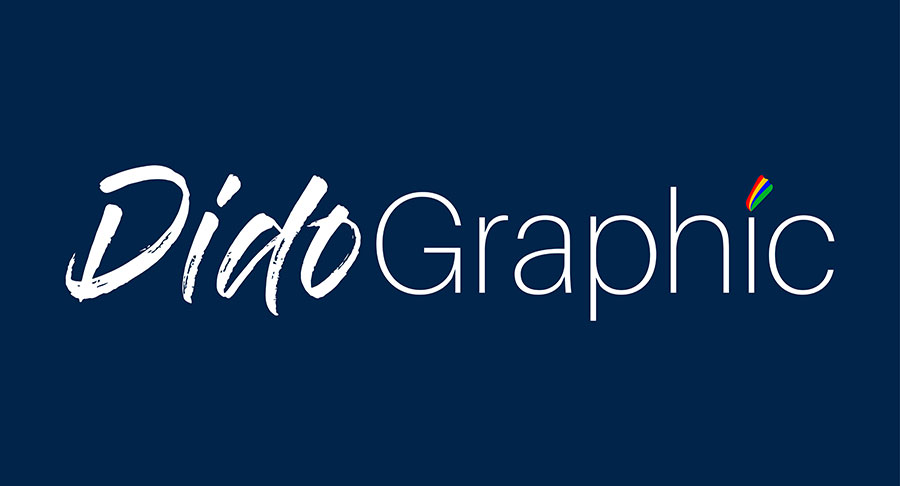Overview of Terrestrial Laser Scanning
 |
| Source: researchgate.net |
What is Terrestrial Laser Scanning?
Terrestrial laser scanning is a method of measuring buildings and other things with a tripod-based LIDAR (light detection and ranging) sensor.
What is Terrestrial Laser Scanning Used for?
Terrestrial laser scanning has a wide range of uses, such as capturing a wall’s flatness, preserving the conditions of a crime or accident scene, documenting the facade of a large building for pre-fab architectural panels, examining a vessel’s shape, volumetric stockpile inspections, and many others.
How does Terrestrial Laser Scanning Work?
Terrestrial Laser Scanners measure 3D points using an invisible laser, much like a survey total station. The ability of the scanner to measure its full scene and the speed at which measurements are obtained make a difference.
360 degrees horizontally and 310 degrees vertically make up the laser’s field of view. To capture the entire scene, the tripod-mounted laser scanner will rotate as the mirror is also spun. Depending on the resolution, each scan takes between three and seven minutes.
What Measurements are Made with Terrestrial Laser Scanning?
Terrestrial laser scanners take measurements of anything in the laser’s line of sight. The scans capture even the tiniest details, such as the texture of brick, the foliage on trees, and the metalwork of elaborate handrails.
What is the Terrestrial Laser Scanner’s Accuracy? Does it perform better than a Pro-3D Camera?
Without a doubt, the terrestrial laser scanner is better compared to the pro-3D camera. At 30 feet, terrestrial laser scanners can measure points with an accuracy of 3 mm. A typical pro-3D camera cannot attain an accuracy of less than an inch. The “point clouds” produced by the scanner are made up of incredibly high-resolution points that are incredibly closely spaced apart; the end result resembles an image.
The scanner will revolve more slowly at higher resolutions, producing a more detailed point cloud. The point cloud becomes lighter as the scanner rotates faster because the laser has less time to record minute changes.
The resolution of the “project point cloud” is not always directly impacted by the resolution of the scanner. The number of points that collect from multiple low-resolution scans, for instance, will cause the resultant point cloud to have a better resolution when scanning a single wall.
Continue reading by clicking Here

Comments
Post a Comment